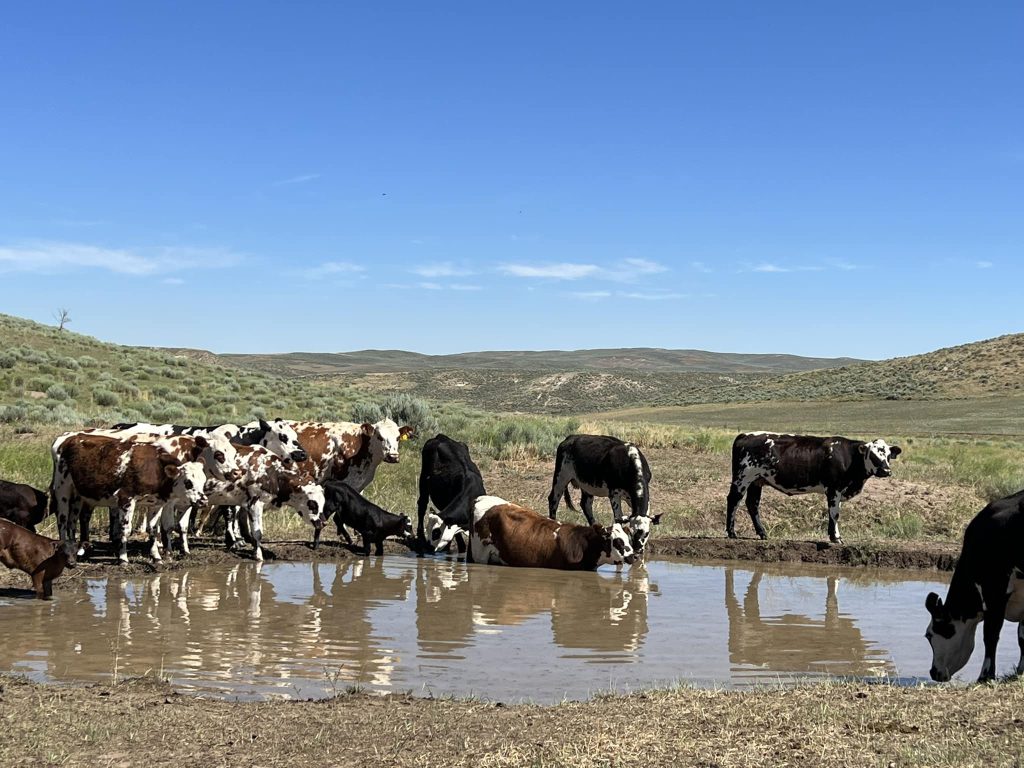
About Normande Cattle

8 Things You May Not Know About the Normande:
1. The Normande is a dual purpose breed. Unlike specialized breeds, Normandes offer some of the best traits of both beef and dairy cattle.
2. It is a hardy breed from the Normandy region of northwestern France. It is a breed with a thousand years’ worth of genetic diversity, and centuries of grassfed genetics. It is wide and deep bodied, with great capacity for grass & roughage feed conversion.
3. The Normande has excellent foot and leg structure that allows it to range well over large acreage or navigate rough pasture.
4. The Normande has optimal milk production; plenty to provide milk, butter & cheese for a family, raise a calf or two, and stay fat & sassy.
5. The Normande produces milk that is high in fat and ideal for making butter and cheese. Normande milk makes some of the best and most famous cheeses in France, where it is known as the “Cheese Breed”. Only Normande breed milk is used in the production of some of France’s most famous cheeses, such as Camembert, Pont-Lévêque and Livarot. While Normandes do not generally give the high volume of milk compared to a Holstein, their milk has an average of 3.73 protein and 4.26 fat. Most Normandes are A2A2 Beta Casein, and BB Kappa Casein. It’s these components that make their milk the best for making cheese. The levels of casein beta and kappa in the milk are known to improve the curdling quality of the milk for cheese manufacturing (speed and firmness of gel). In addition, Normande milk presents favorable calcium to phosphate ratio and produces very small diameter casein miscella, all of which results in 15 – 20% higher yields of cheese.


6. One of the Normande breed’s best kept secrets is its premium beef production. In France, Normandes are often used in small dairies, and later when retired from the milk string, are put out on pasture to fatten for delectable, premium, grass finished beef. The Normande is well known in France for it’s unsurpassed marbling quality, flavor and tenderness, and regularly wins blind tests for its taste.
There is a special label for Normande meat, and it is very popular in major supermarkets and is sought after by some of the best restaurants in France. In the US, Normande bulls have won growth tests at various test stations and carcasses have often ranked first at major beef shows.
7. The Normande breed has very few genetic conditions, and has remained hardy for centuries. It has great fertility, with calving ease, excellent mothering ability and longevity. It does not sacrifice essential breeding qualities for a lifetime of healthy, optimal production.
8. Temperament: The Normande is a gentle, friendly breed that makes excellent family milk cows or oxen. Although not a well known breed, the Normande has been discovered by discerning cattlemen the world over. It is established in many countries and is present on all continents.
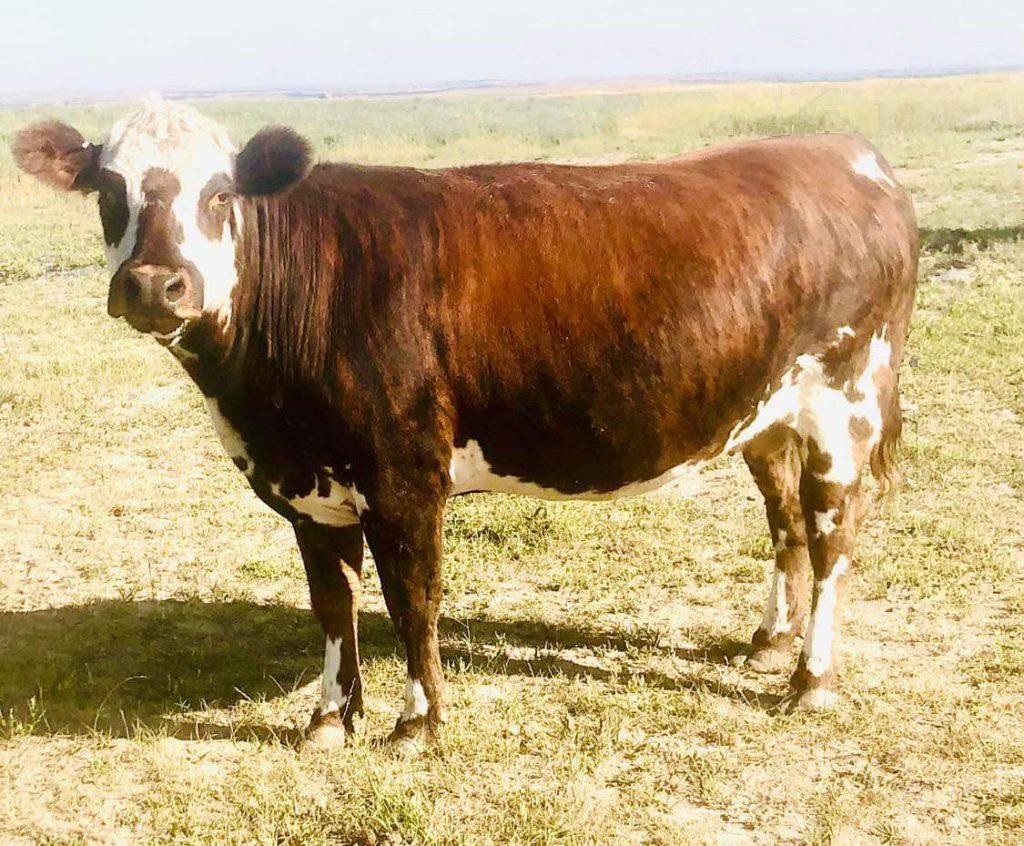
Normande Breed Standards
USNO preserves & promotes the original French Normande dual purpose breed standards. While classified as a Dual Purpose cattle breed, the Normande also qualifies as a multi-purpose breed:
№ 1. For DAIRY: milk, butter & cheese production, and as momma nurse cows.
№ 2. For BEEF: producing beef with unsurpassed marbling, tenderness & taste, on grass.
№ 3. As MULTI PURPOSE: Normande cattle make oxen that are tough and gentle draft cattle. Their fancy spotted & speckled color coats make gorgeous cow hides.

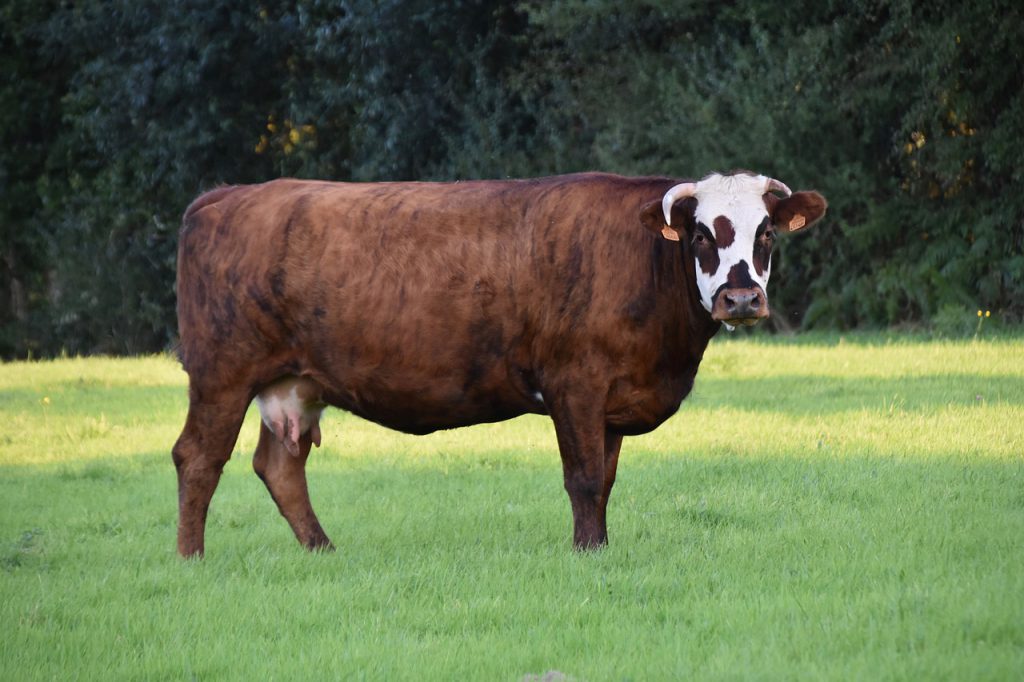
The Normande breed is not present on all continents by chance. Imported to South America since the 19th century, it’s resistance to sunlight linked to the pigmentation of the mucous membranes and coat color, and it’s eye health thanks to its “goggles,” give it an advantage in tropical and equatorial areas, as well as resistance to sun burn due to bright sunlight on snow. In Mexico, the Normande has adapted to exceptional drought and sunny conditions. In Ireland, Normande remains fertile on grass, while weathering cold wet conditions. In Italy, Normande milk can increase cheese yield by 15-20%. The Normande has proven world-wide, that hardiness and productivity can be maintained in one breed as two compatible assets.
Normandes vary in size, but in general are a medium frame size breed; with cows weighing 1000 to 1500 lbs. and bulls from 1400 to 2400 lbs.
They possess excellent body depth and spring of rib while maintaining exceptional body length. The cattle are very clean fronted and carry a strong, level topline. Normandes are short horned cattle with triangular heads, a convex forehead, and large eyes set well apart. Carcass yield and marbling are superior.
Normande females reach sexual maturity early and have good fertility, udder conformation, mothering ability and yet docility, and production longevity. They have a large pelvic areas and calve easily. Calves are born with excellent vigor and most birth weights are in the 70 to 95 lb. range.
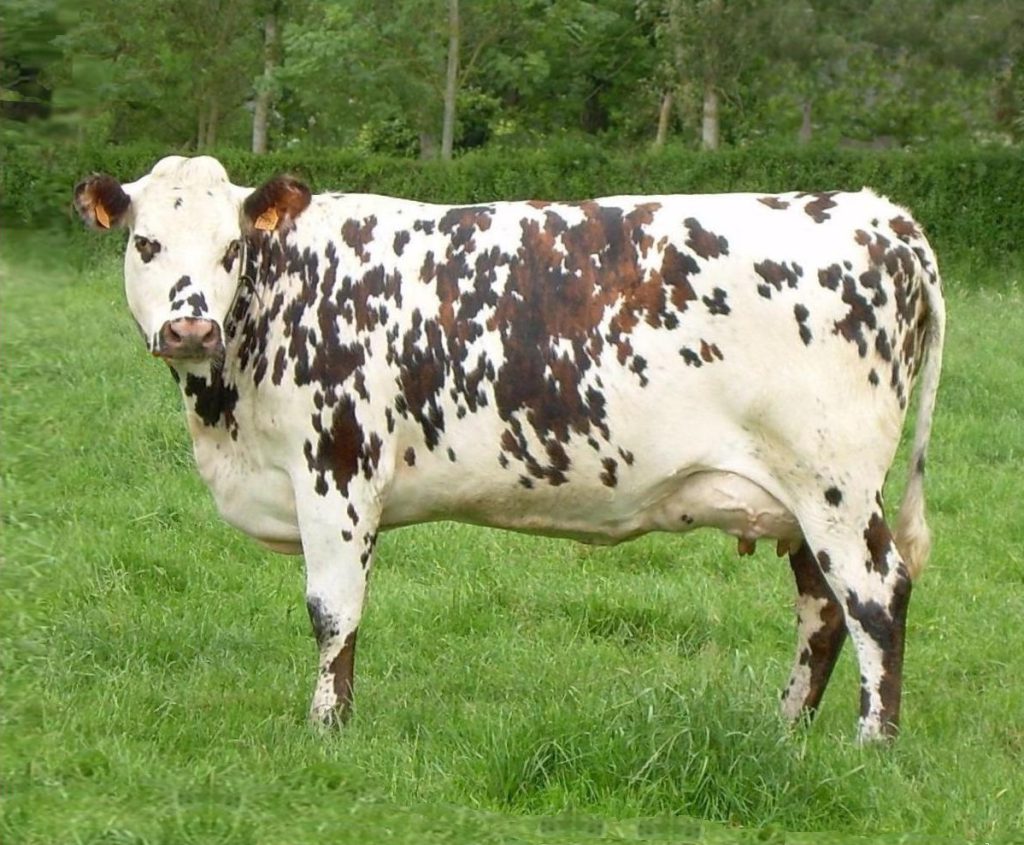
History of the Normande Breed
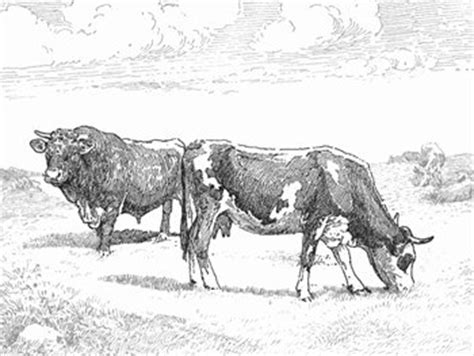
It is believed that Normandes are derived from cattle brought to France by Viking conquerors in the 9th and 10th centuries. From the beginning, Normandes provided two advantages over other breeds: the soft cheeses made with it’s milk and the quality and marbling of its meat on grass.
For over a thousand years the families of northwestern France crossbred local dairy breeds, which were mostly the Augeronne, the Cauchoise and the Cotentine (all now extinct). Later some infusion of the Durham breed (later known as the Shorthorn) occured, which were imported from England. Then, the French population of the Alderney breed (also now extinct) was also absorbed into the Normande breed.
In the 1700’s, the cattle population of Normandy (northwest France) was comprised mainly of 3 breed groups: the Cotentine (in the peninsula of Normandy), the Augeronne (from the Pays d’Auge, the central valley of Normandy and birthplace of most of its cheeses), and the Cauchoise (from the Pays de Caux, or northeast part of Normandy).
All the Normande ancestor breeds of cattle were red and white; mostly had some white and spotting on the head. The Cotentine was considered to be the most dairy of the breeds, and the two others seemed to have better beef traits.
The present Normande herd book in France was started in 1883. Normandes were first imported to the U.S. in the mid-1970’s.
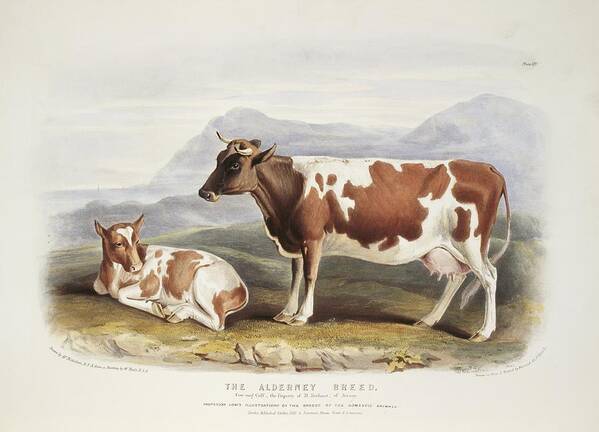
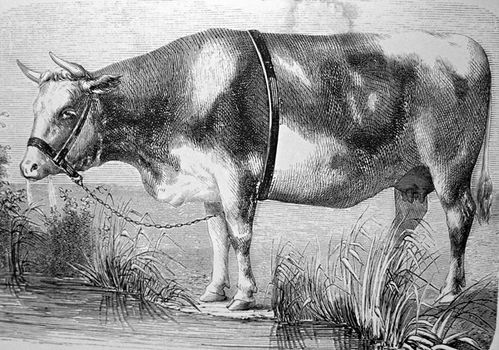
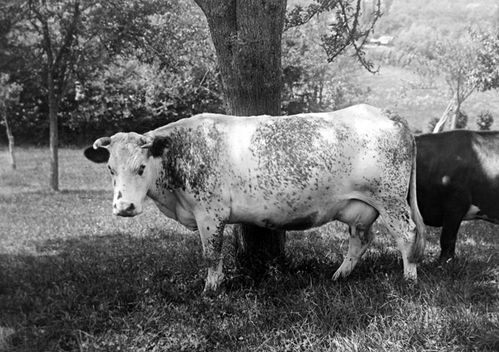
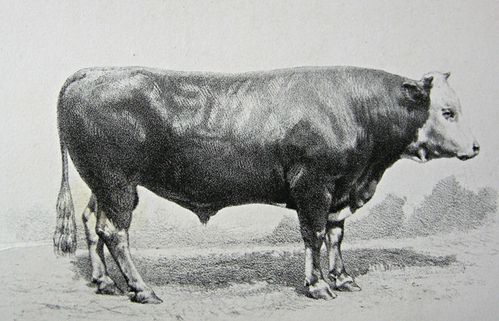
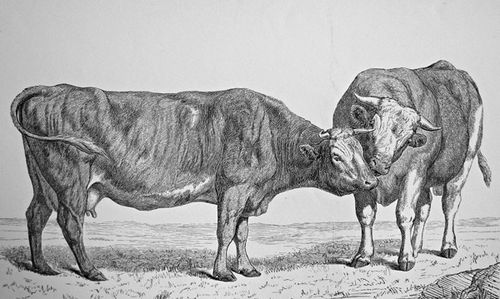
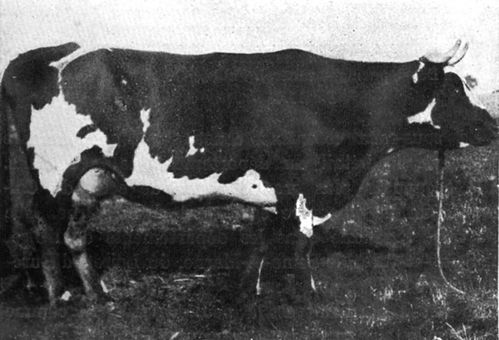
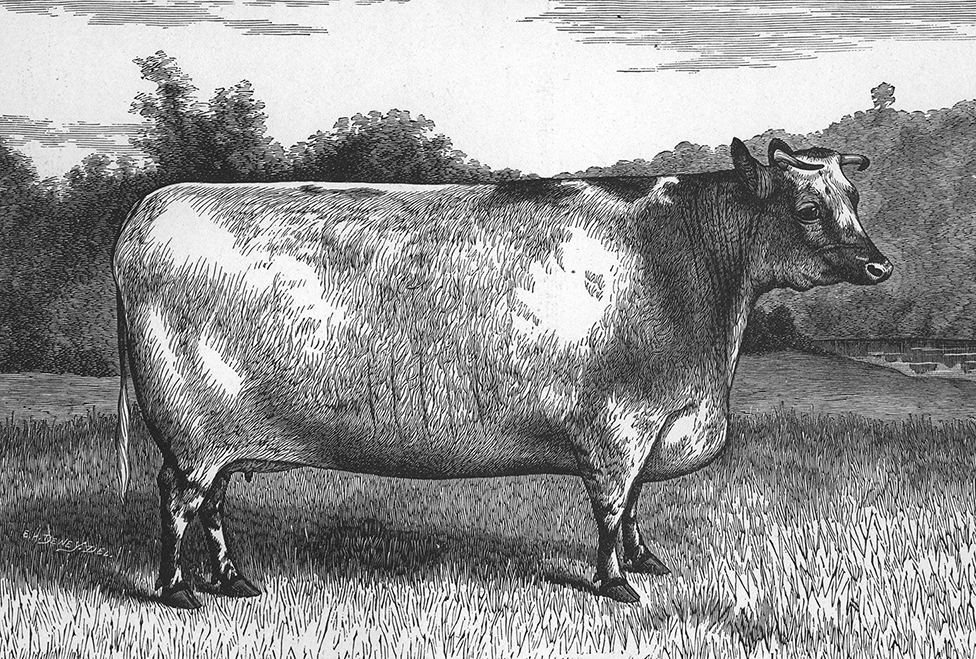
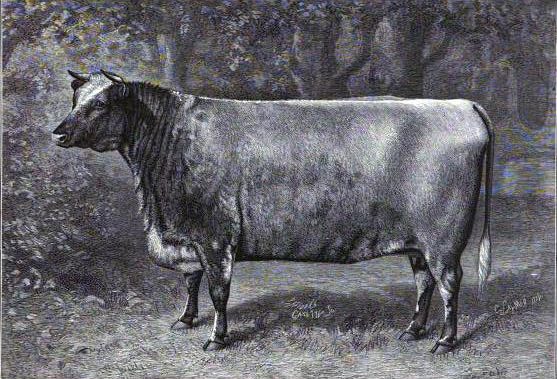
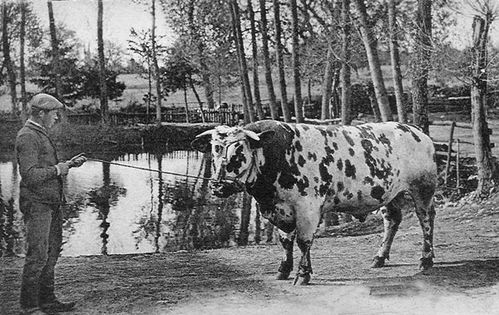
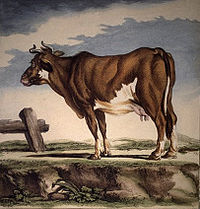
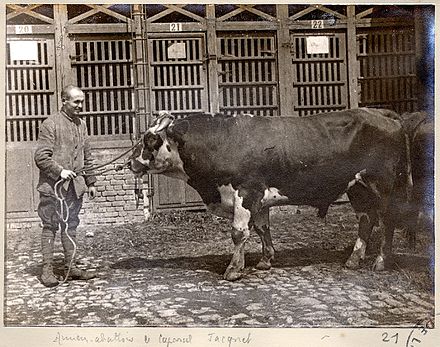
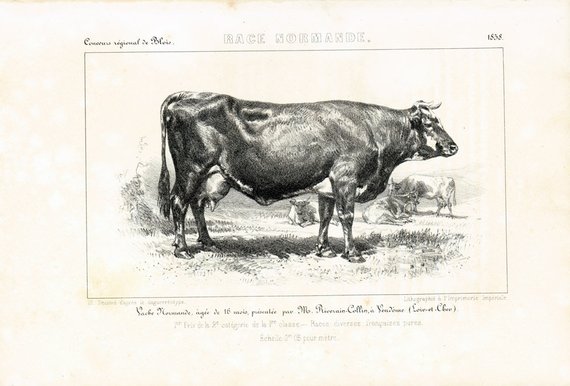
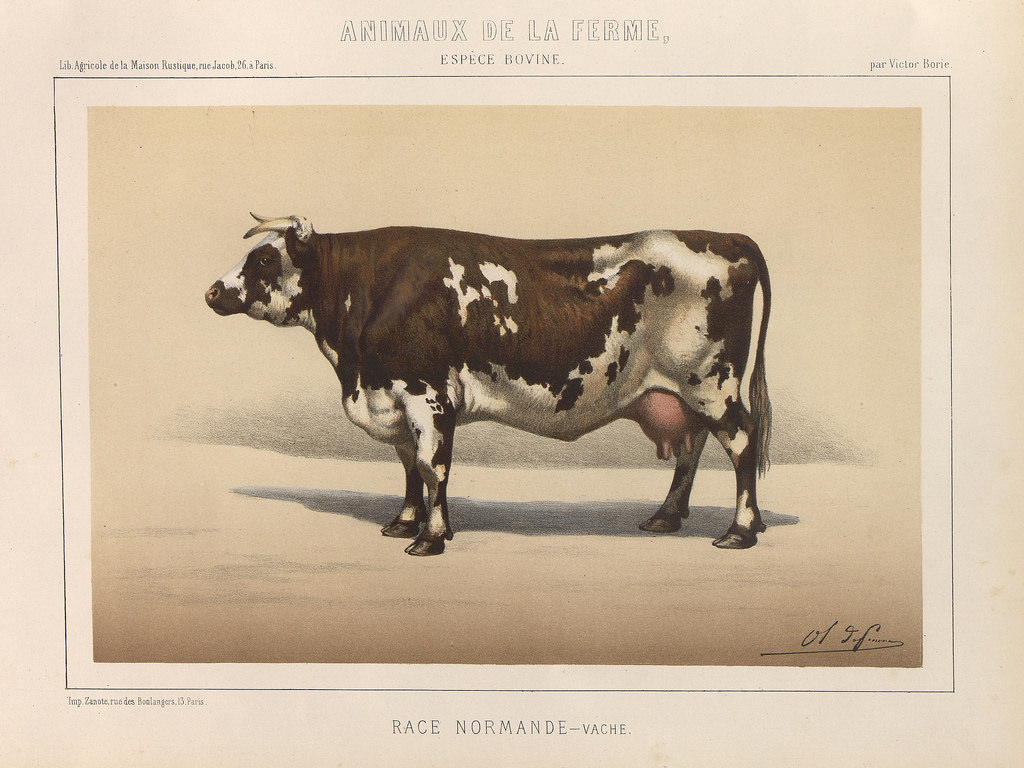
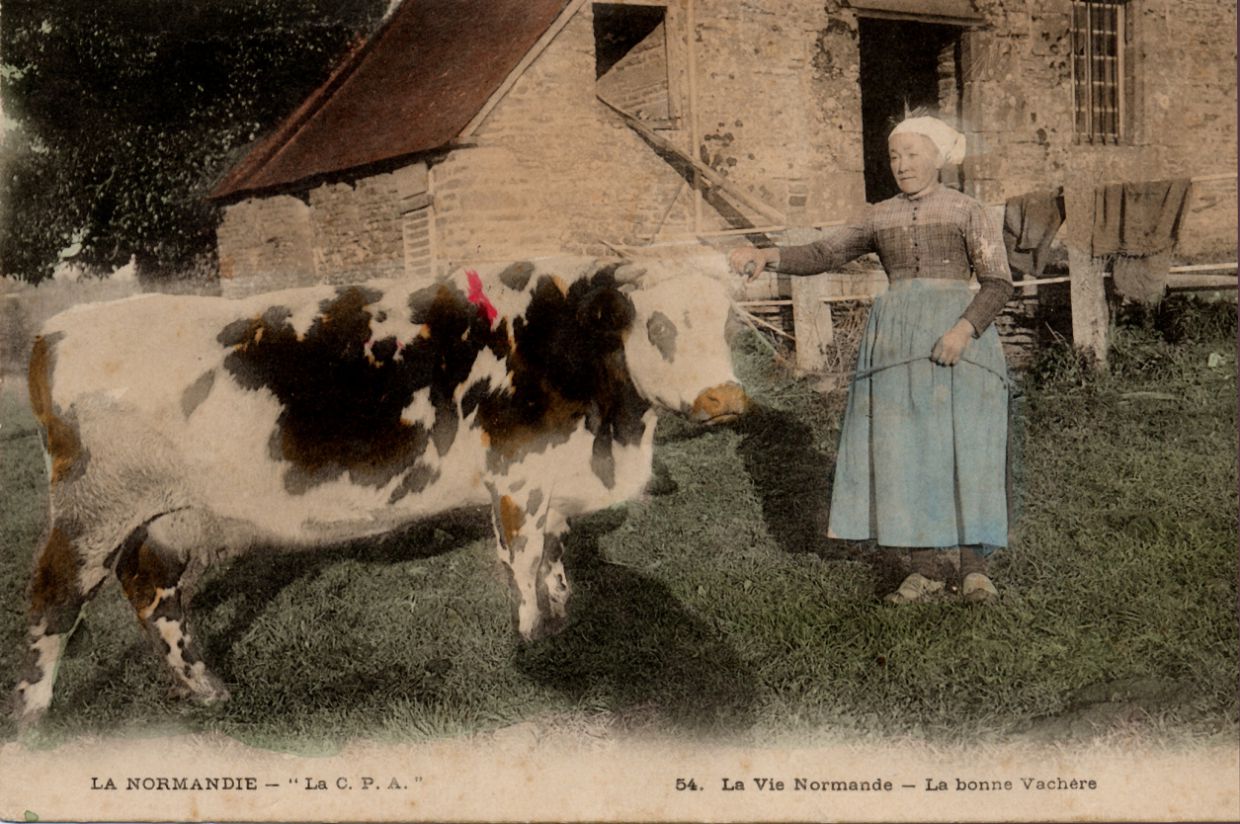
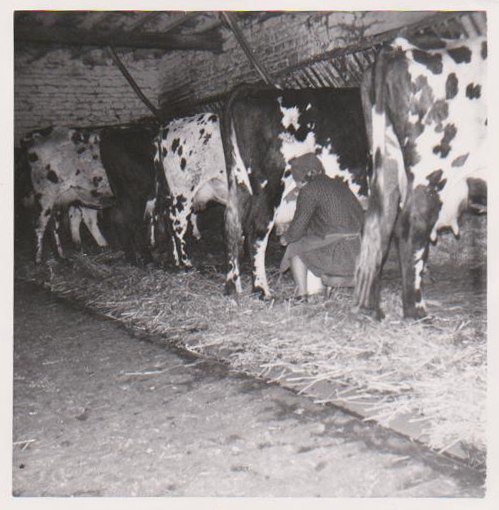
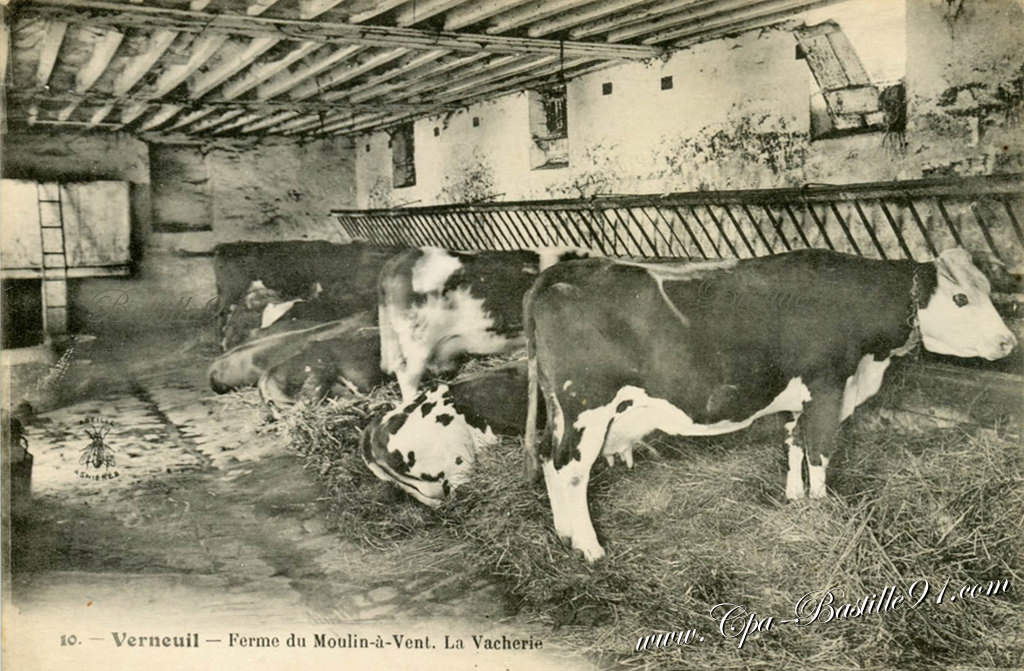
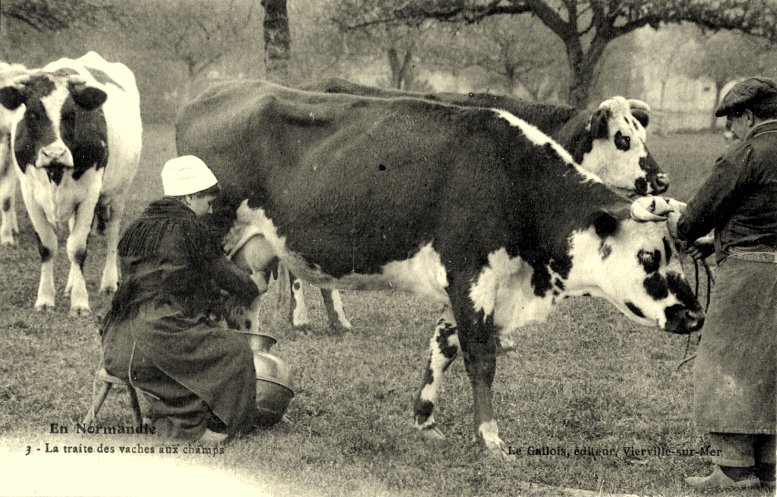
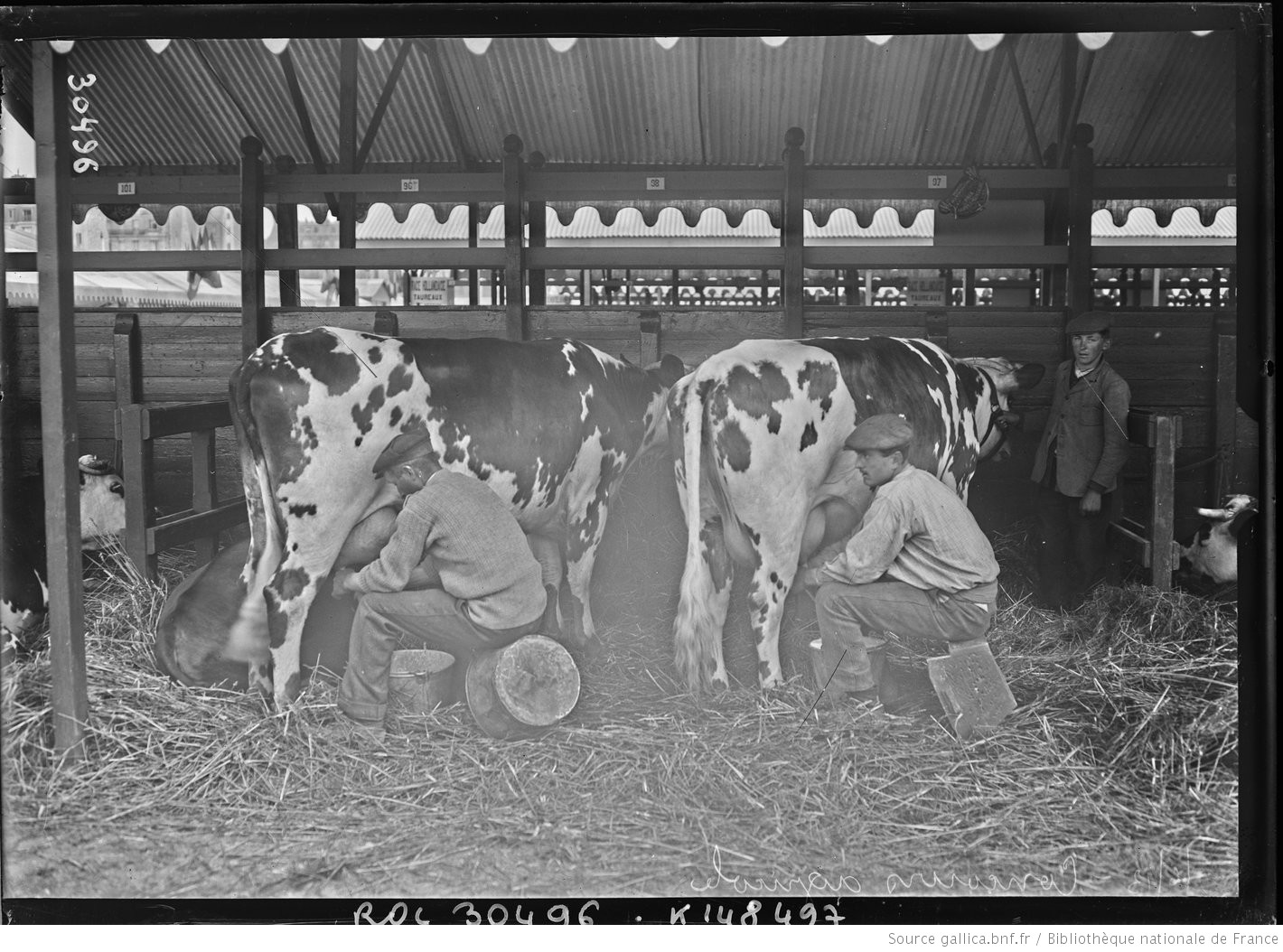

The Normande breed was decimated by the Allied invasion of Normandy during World War II, in part because of their docile behavior, as shown by this cow allowing soldiers to milk her out in the field. Great numbers of gentle Normande cattle were butchered and eaten. Since then, Normandes have rebound, and remain a highly regarded breed in France. The Normande is growing in popularity in America as a valued dual purpose breed, that works in many beef and dairy herds, and as a family homestead cow.